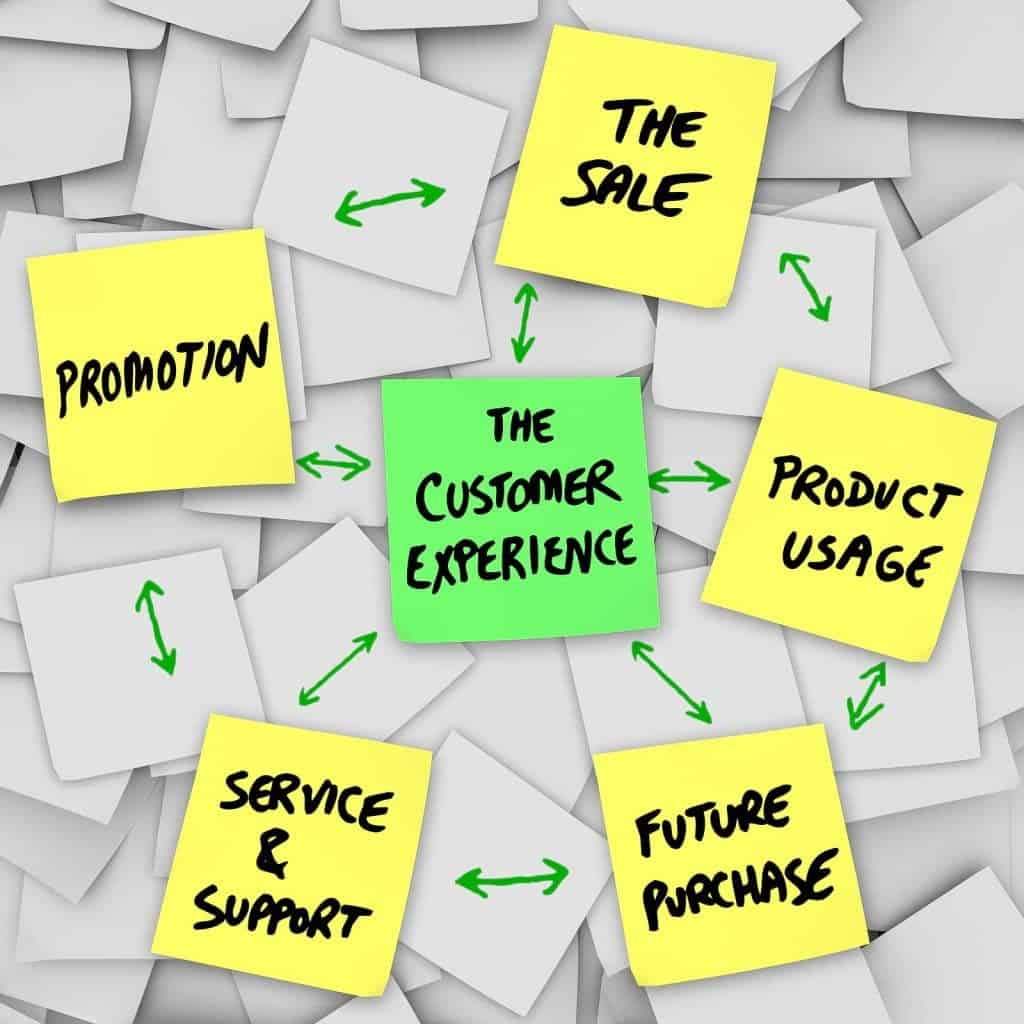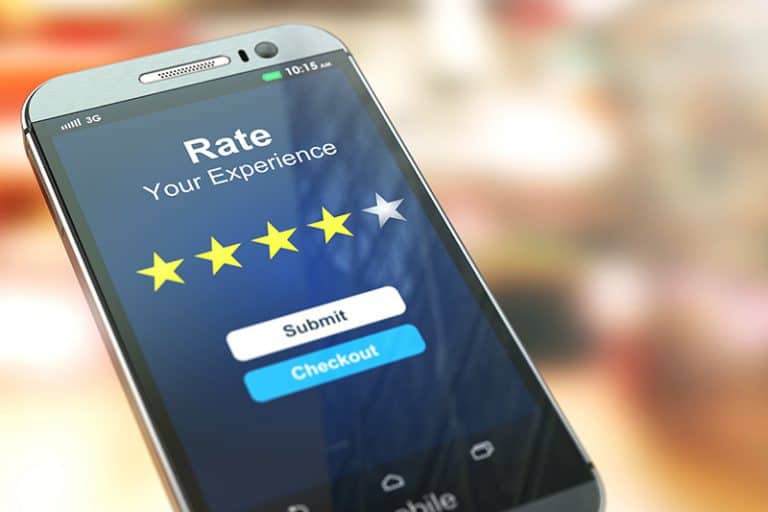Customer Experience in Different Industries is a topic worth delving into, to better understand the challenges businesses face.
Table of Contents
ToggleCustomer experience refers to the entire interaction with a company or Brand. Brands do their very best to make that experience positive, it is in their best interest to have happy customers: they come back and spend more and recommend the business to others.
The quality of that experience depends on both the brand and the customer and it can vary across difference industries and scenarios.
In our everyday lives, we are all customers and experience many different brands in many different situations. Some examples:
- When buying clothes, groceries, cars, or other goods, we choose from a wide range of vendors.
- Our government requires us to submit a tax return and pay our dues – no choice, one supplier, and we have to participate.
- A medical emergency means we are treated by medical staff in the hospital – very quick decisions are made and often location dictates which facility we go to.
- We work with a business chosen by someone else – like software at your employment or the school your parents send you to.
Each of these different situations generates a different kind of customer experience. Our expectations are different in each case, and our degree of satisfaction or disappointment with our customer experience is very much dependent on the kind of relationship, the environment where we encounter it, and the factors that affect it. All these relationships are influenced by compromises between factors, in many cases driven by the need to balance quality and cost or accuracy and speed.
Of course, there is still very much common ground, and customer experience skills apply across these different scenarios and industries. Discovering, understanding, supporting, and communicating with customers is always key, and there are technologies to help us – innovations like SAP customer experience are widely applied across multiple industries.
Back to the differences, let’s look at some specific industries and examine a little of what customer experience means in those environments.
Customer Experience in Different Industries: Financial services
The communication mechanism between customer and supplier has transformed customer experience in banking over recent years. The traditional deferential customer being in awe of the bank manager is long gone. When asked now about our relationship with our bank, the first thoughts are about the ease of use of online banking applications. Innovations and improvements have led to a high level of expectation, we take for granted that a bank offers:
- 24/7 access to accounts via a web portal and smartphone apps.
- Online and telephone support over an extended working day and on weekends.
- Access to a wide range of services: ATMs, credit cards, international transfers, and more.
- Safekeeping of our money.
Probably the most obvious compromise we experience in modern banking is between ease of use and security. Customers want the easiest possible access to their funds, but they also want to be sure that no-one else can access them. Explaining and justifying inconveniences to the customer’s ultimate benefit is one of the challenges banking customers experience.
One specific aspect of the banking customer-supplier interaction that merits close attention is the mortgage customer experience. Traditionally, that was high in human-to-human transactions, with interviews, deeply personal questions, and lots of time taken. It was not pleasant for most customers, and a delightful customer experience was not anticipated – just to reach a successful conclusion was cause for celebration. Things changed though, the new digital possibilities and the range of choices now available to customers mean that providers have to take the customer experience seriously and strive to make the process easy and pleasant (or at least, not unpleasant).
Mortgage customer experience is now a key factor in the recommendation and a staple for mortgage advertising. An example of customer experience delivering a serious competitive advantage, especially in conjunction with disruptive use of new technology and social customs. Or, to put it in more customer-focused terms – we know you like to do things online, we make it easy, and we let you know all this through the social media you are using.
Customer Experience in Different Industries: Healthcare
When you get sick, you enter into a supplier-customer relationship that, for many people, is a relationship you had little or no choice in. In some countries, there is a degree of choice, but for most of the world, customer experience in healthcare begins with a fast and involuntary commitment.
Often the core elements of the process are fixed or beyond control, meaning, much of the time, ancillary or supporting elements drive the customer experience: given that you are in hospital, how comfortable were you, did you have cellphone coverage, what was the food like and so on.
Consideration of these aspects can be used as customer experience temptations beforehand, for example, when advertising health insurance.
But nonetheless, core customer experience considerations do apply: who are the customers, what matters to them, etc. Simple questions but often badly answered by suppliers. The patient is a customer for sure, but so are their relatives, friends, etc. They want and need treatment, of course, but they also need information and support.
Call centers
For many, the most direct experience of pleasure or frustration is when they need to contact a supplier. The customer service call center experience can be the critical touchpoint – for good or ill. It is all too easy to consider making the call and getting a response as the whole of the experience, but there are other factors that significantly influence the overall experience. Some of those are:
- Often the call is because something has gone wrong or not as expected. This means the customer already has a negative experience.
- Reaching the point of direct interaction – either human-to-human or human-to-machine – is a key part of the overall experience. Was it easy? Did the customer have to wait? Even aspects like the kind of music playing can seriously change the customer’s experience. (my experience is that it almost always makes it worse – either loud distorted sounds chosen by someone way younger than me or – worse – an annoying jingle that gets stuck in my head for the rest of the day and keeps me annoyed when I might have otherwise have forgotten my experience with that supplier).
- Does the call center experience fit in with all the other touchpoints? And if it doesn’t, find out and do something about it.
- Follow up, this can be helpful or make things worse. Ranging from a quick email or call to check things are OK through to repeated demands to complete a five-page survey – something that can take a good experience and destroy it.
Call centers remain critical to customer experience: as a sales tool, they allow direct shaping of the experience, matching tone, language, and products to the particular customer. As an after-sales or support line, they can redeem a failure with a prompt and appropriate response and save a bad experience. But … all too often, they don’t do those good things, but add to a bad experience.
Customer Experience in Different Industries Summary
Experience and skills learned from one industry to another can have a surprisingly positive impact. The kind of industry does affect the nature of the customer experience, limiting what is possible and demanding effort in specific aspects. But there is much in common too, and applying customer experience skills learned from one industry to another is beneficial.
Summary:
Customer Service in Different Industries
Customer experience refers to the entire interaction with a company or Brand. Brands do their very best to make that experience positive, it is in their best interest to have happy customers: they come back and spend more and recommend the business to others. The quality of that experience depends on both the brand and the customer and it can vary across difference industries and scenarios. Our expectations are different in each case, and our degree of satisfaction or disappointment with our customer experience is very much dependent on the kind of relationship, the environment where we encounter it, and the factors that affect it. All these relationships are influenced by compromises between factors, in many cases driven by the need to balance quality and cost or accuracy and speed.





